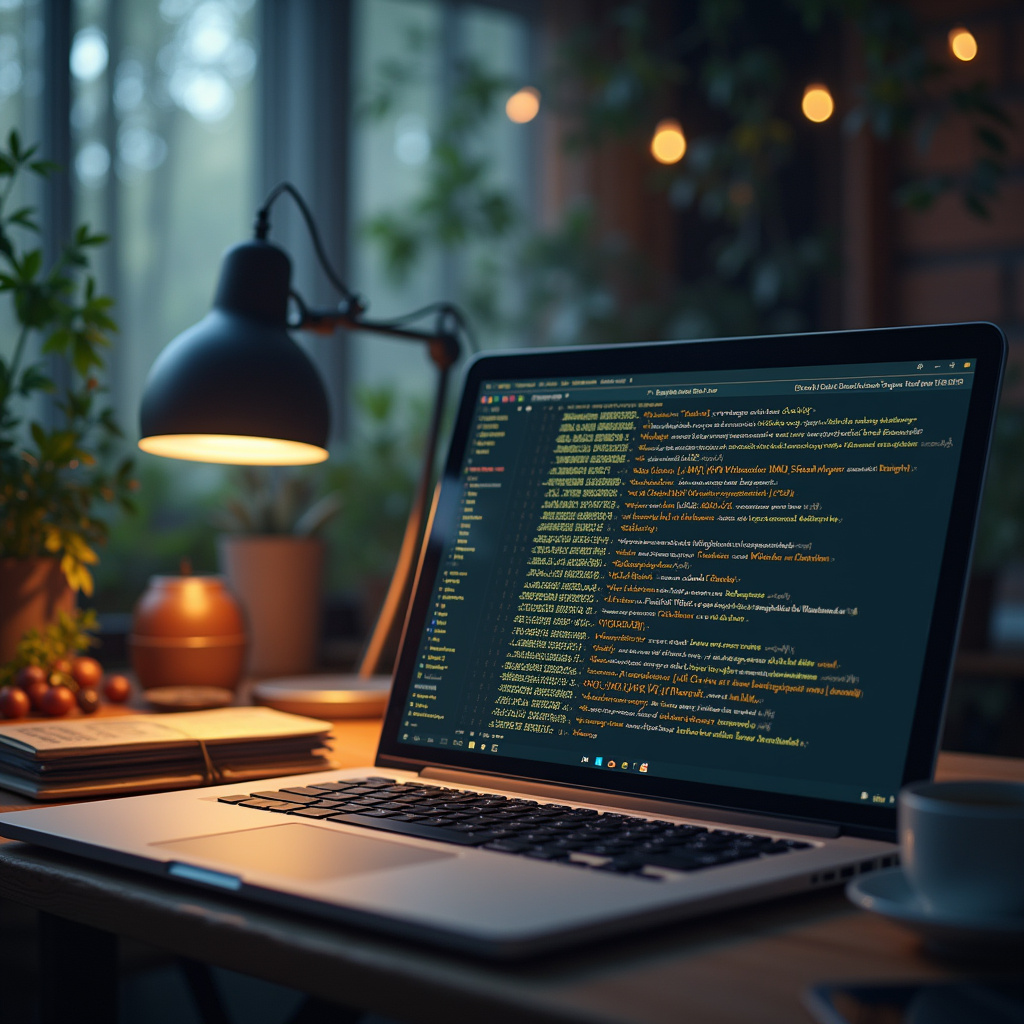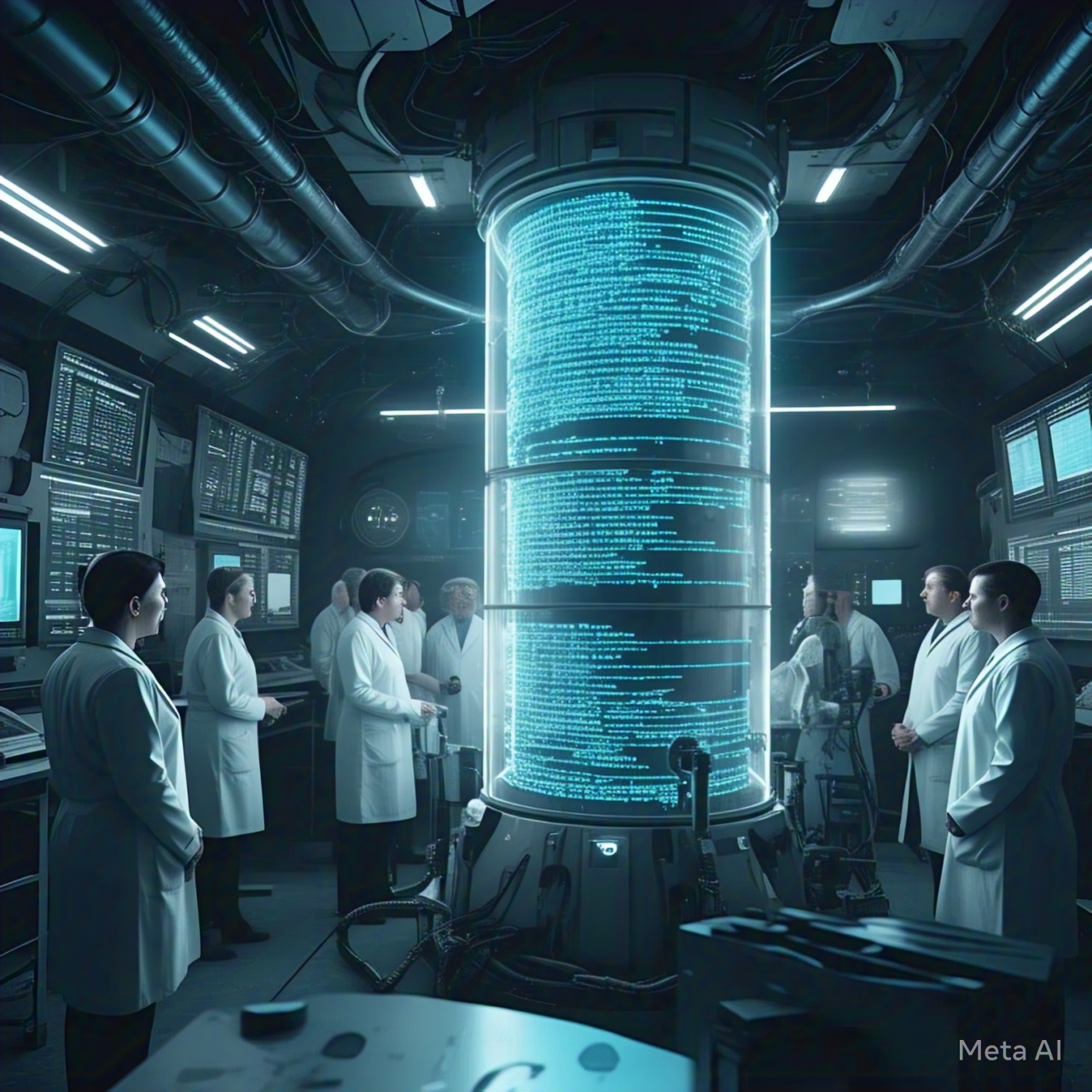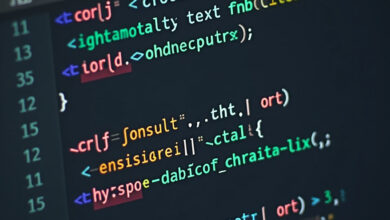Open Source Revolution: Stable Diffusion vs Proprietary Tools Like Midjourney

Introduction to the AI Art Landscape
In recent years, artificial intelligence (AI) has made significant strides in the creative realm, particularly in generating artwork. Two prominent players in this field are Stable Diffusion, an open-source tool, and Midjourney, a proprietary platform. This article explores the differences between these two approaches, their impact on creators, and what they mean for the future of digital art.
Understanding Stable Diffusion
Stable Diffusion is an open-source AI model that generates images based on text prompts. Being open source means that anyone can access, modify, and distribute the code. This democratizes the technology, allowing artists, developers, and hobbyists from all over the world to experiment and innovate without the constraints often imposed by commercial software.
Advantages of Open Source
- Accessibility: With Stable Diffusion, users can download and run the model on their own devices, making it accessible to anyone with basic technical skills.
- Customization: Users can modify the code to suit their specific needs, leading to unique applications and artistic styles.
- Community Support: The open-source community actively collaborates, sharing tips, tutorials, and improvements, fostering a culture of innovation.
Exploring Proprietary Tools: Midjourney
In contrast, Midjourney is a proprietary tool that operates on a subscription model. Users access its features through a Discord bot, where they can input prompts and receive AI-generated images. While proprietary tools like Midjourney offer a polished user experience and often come with robust support, they also present certain limitations.
Pros and Cons of Proprietary Tools
- User-Friendly: Midjourney’s interface is designed for ease of use, making it accessible even to those without technical skills.
- Consistent Updates: As a commercial product, Midjourney is continually updated by its developers, ensuring the latest features and improvements.
- Subscription Costs: Users must pay a recurring fee, which can be a barrier for some, especially those who wish to use the tool casually.
- Limited Customization: Users cannot modify the underlying code, restricting the ability to tailor the software to personal or unique needs.
Impact on Artists and Creatives
The emergence of both Stable Diffusion and Midjourney has reshaped how artists create and share their work. Open-source tools encourage experimentation and collaboration, empowering artists to push boundaries and explore new styles. On the other hand, proprietary tools like Midjourney offer an environment that caters to artists looking for quick results without a steep learning curve.
Which Tool is Right for You?
Choosing between Stable Diffusion and Midjourney largely depends on your needs and preferences:
- For Experimentation: If you enjoy tinkering and want to explore the capabilities of AI art, Stable Diffusion might be the better choice.
- For Ease of Use: If you prefer a straightforward experience and don’t want to deal with installation or coding, Midjourney is user-friendly and efficient.
- For Budget Considerations: If you’re looking for a free option, Stable Diffusion is an excellent choice, while Midjourney requires a subscription.
The Future of AI Art
As AI continues to evolve, both open-source and proprietary tools will likely coexist, catering to different segments of the creative community. The open-source revolution promotes collaboration and innovation, while proprietary platforms can provide streamlined, user-friendly experiences. Ultimately, the choice between Stable Diffusion and Midjourney reflects a larger conversation about accessibility, creativity, and the role of technology in art.
Conclusion
The debate between open-source and proprietary tools in AI art generation highlights the diverse needs of artists today. Whether you choose the customizable nature of Stable Diffusion or the polished interface of Midjourney, what matters most is how these tools empower you to express your creativity. As the landscape evolves, embracing both types of tools can enrich your artistic journey and expand the possibilities of digital art.




